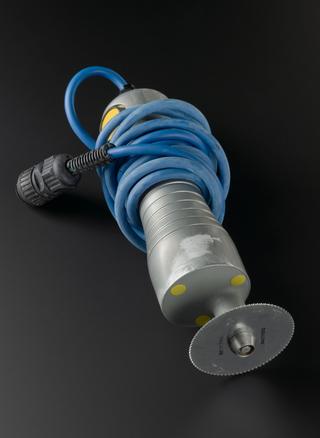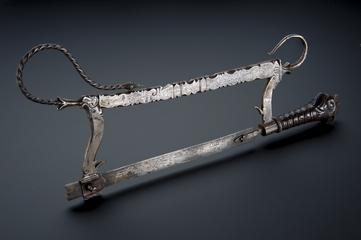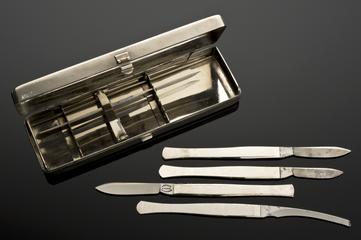
Spencer Wells artery forceps
- maker:
- Allen & Hanburys Limited

Spencer Wells artery forceps, screw-joint, plated steel, by Allen and Hanburys of London, c. 1900
Artery forceps are used to control bleeding from blood vessels by clamping down on the artery. A locking mechanism at the handle keeps them in place. Helped by surgical instrument makers, surgeons developed their own tools, often naming them after themselves. Thomas Spencer Wells (1818-1897) was an English surgeon who became surgeon to Queen Victoria between 1863 and 1896. He developed the rachet locking mechanism holding the forceps in position. His second design had shorter jaws to increase compression and were ridged to improve grip. By being held closed, they could also not get trapped in the body's tissues or muscles. Prior to Spencer Well's designs, an assistant had to hold the forceps closed.
Spencer Wells specialised in eye and obstetric surgery and was an early adopter of anaesthetics. He developed the operation to remove ovaries and ovarian cysts but was vocal that it should be performed only if necessary.
Details
- Category:
- Surgery
- Collection:
- Sir Henry Wellcome's Museum Collection
- Object Number:
- A614110
- Materials:
- steel, plated
- Measurements:
-
overall: 127.5 mm x 58.8 mm x 5.6 mm, .02 kg
- type:
- artery forceps
- credit:
- Loan, Wellcome Trust




